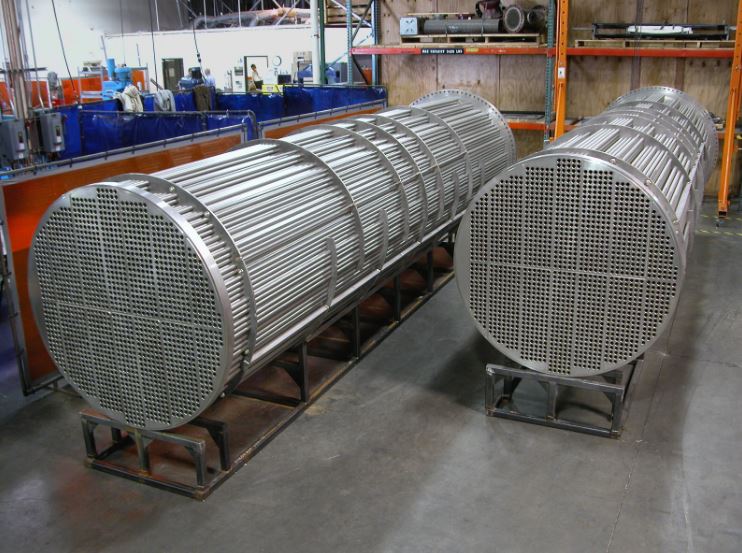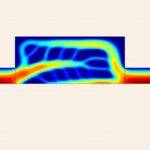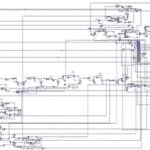Introduction
A heat exchanger is an essential component in industrial and energy systems, designed to facilitate heat transfer between two or more fluids. Modeling and optimizing heat exchangers are crucial in improving efficiency, lowering energy consumption, and extending the lifespan of equipment.
Heat exchanger modeling involves analyzing fluid flow, heat transfer, and fluid dynamics. These analyses allow engineers and designers to predict exchanger behavior under various conditions and to assess performance accurately.

Optimization of a heat exchanger focuses on improving design parameters such as heat transfer area, exchanger type (e.g., tubular, plate, or air-cooled), and operating conditions. The goal is to achieve maximum heat transfer with minimal pressure drop, while reducing operational costs.
In this context, using modeling and simulation software, numerical analysis, and optimization techniques like genetic algorithms, metaheuristic methods, and linear programming can significantly improve heat exchanger performance. This article explores heat exchanger modeling and optimization methods, as well as their impact on enhancing the performance of thermal and energy systems.
Process Description
Modeling
Heat exchanger modeling is a vital process that aids in analyzing and predicting equipment performance during heat exchange between fluids. This modeling can be done analytically or numerically. In analytical modeling, basic equations of heat transfer and fluid dynamics are applied. This approach allows for calculating parameters such as heat transfer coefficient, pressure drop, and temperature.
This modeling type also enables the examination of structural and operational details of exchangers, giving engineers the tools to adjust design parameters for optimal performance. The ultimate goal of modeling heat exchangers is to increase energy efficiency and reduce operational costs, achieving better performance in industrial and energy systems.
Optimization
Optimizing heat exchangers is a process aimed at increasing heat transfer efficiency while reducing operating and maintenance costs. This optimization process involves analyzing and designing various parameters, including heat transfer area, exchanger type (axial, plate, tubular, etc.), and operating conditions like temperature, pressure, and fluid type. With methods such as numerical simulation, modeling software, and optimization algorithms, engineers can predict exchanger performance under real conditions. They can also set optimal configurations to maximize efficiency while minimizing pressure drops.
Furthermore, selecting materials with suitable properties and using optimized geometric designs help reduce wear and prolong exchanger lifespan. Ultimately, optimizing heat exchangers not only improves energy performance but also contributes to environmental sustainability and production cost savings.
Heat Exchanger Modeling and Optimization
Modeling and optimizing heat exchangers are essential tools for the design and operation of thermal systems, playing a critical role in enhancing efficiency and reducing operational costs. By using precise simulation methods and in-depth analysis, engineers can predict exchanger thermal behavior under various conditions and optimize factors such as heat transfer, pressure drop, and wear.
This process enables engineers to create precise, efficient designs that improve thermal performance, reduce energy consumption, and minimize environmental impacts. In conclusion, optimizing heat exchangers as a strategic approach can help industries achieve sustainability and efficiency goals, creating significant added value for organizations.
Chemengproj leverages advanced technology and technical expertise to provide comprehensive heat exchanger modeling and optimization. Through simulation software (such as COMSOL) and precise analysis, Chemengproj evaluates heat exchanger performance under diverse operating conditions. The company also offers customized solutions tailored to specific client and industry needs, assisting in improving exchanger performance and enhancing thermal system quality. Chemengproj’s commitment to sustainability and resource optimization makes it a leading company in this field.


